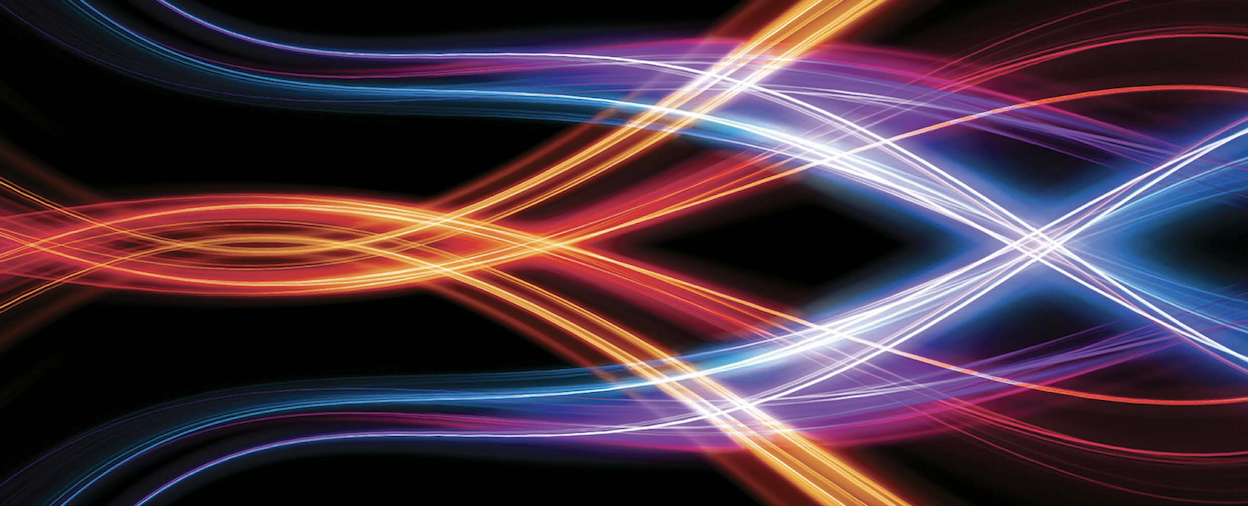
“What you simulate is what you get.” This is the holy grail of many forms of system design. Achieving a high level of accuracy between predicted and actual performance can cut design time way down, resulting in better cost margins, time to market and overall success rates. Achieving a high degree of confidence in predicted performance is not an easy task. Depending on the type of design being done, there are many processes and methods that must be executed flawlessly to achieve the desired result. There was a panel devoted to this topic at the recent DesignCon in Santa Clara, CA. Experts looked at the problem from several different perspectives. Read on to learn more – can correlation between simulation and measurement be achieved for advanced designs?
About the Panel
The DesignCon panel was entitled, Extreme Confidence Simulation for 400-800G Signal Integrity Design. The event was organized by Wild River Technology, a supplier of products and services for advanced signal integrity design. Samtec also participated in the panel. Samtec and Wild River represented the two companies on the panel that focus on products and services specifically targeted to support advanced signal integrity designs. The balance of the panel included companies that focus on design methodology/tools and advanced product development, so all points of view were represented. Here is a summary of who participated – all have impressive credentials.
I will summarize the comments from Samtec and Wild River Technology on correlation for advanced designs next, since these two points of view are wholly focused on correlation accuracy vs. product design or design methodology.
Al Neves, Founder & Chief Technology Officer, Wild River Technology
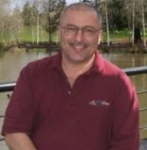 Al has over 39 years of experience in the design and application development of semiconductor products, capital equipment design focused on jitter and signal integrity analysis. He has successfully been involved with numerous business developments and startup activity for the last 17 years. Al focuses on measure-based model development, ultra-high signal integrity serial link characterization test fixtures, high-speed test fixture design, and platforms for material identification and measurement-simulation to 110 GHz.
Al has over 39 years of experience in the design and application development of semiconductor products, capital equipment design focused on jitter and signal integrity analysis. He has successfully been involved with numerous business developments and startup activity for the last 17 years. Al focuses on measure-based model development, ultra-high signal integrity serial link characterization test fixtures, high-speed test fixture design, and platforms for material identification and measurement-simulation to 110 GHz.
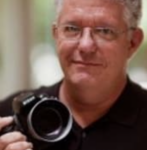 Scott McMorrow, Strategic Technologist, Samtec
Scott McMorrow, Strategic Technologist, Samtec
Scott currently serves as a Strategic Technologist for Samtec, Inc. As a consultant for many years, Scott has helped many companies develop high performance products, while training signal integrity engineers. He is a frequent author and spokesperson for Samtec.
Gary Lytle, Product Management Director, Cadence
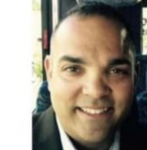 Gary leads product strategy, positioning, sales enablement and demand generation for Cadence electromagnetic simulation technologies. He has held may positions in the RF and Simulation industry, including Technical Director with ANSYS, Inc, Lead Antenna Design Engineer with Dielectric Communications, Combat Systems Engineer with General Dynamics and Engineering Manager with Amphenol.
Gary leads product strategy, positioning, sales enablement and demand generation for Cadence electromagnetic simulation technologies. He has held may positions in the RF and Simulation industry, including Technical Director with ANSYS, Inc, Lead Antenna Design Engineer with Dielectric Communications, Combat Systems Engineer with General Dynamics and Engineering Manager with Amphenol.
Cathy Liu, Distinguished Engineer, Broadcom
Cathy Ye Liu currently heads up Broadcom SerDes architecture and modeling  group. Since 2002, she has been working on high-speed transceiver solutions. Previously she has developed read channel and mobile digital TV receiver solutions.
group. Since 2002, she has been working on high-speed transceiver solutions. Previously she has developed read channel and mobile digital TV receiver solutions.
Jim Weaver, Senior Design & Signal Integrity Engineer, Arista Networks
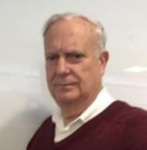 Jim is responsible for design and analysis of large switches for cloud computing and high bit rate serial links. Jim has over 40 years of experience in system design, including 20 years of signal integrity experience, and is heavily involved with IEEE802.3dj electrical specification work.
Jim is responsible for design and analysis of large switches for cloud computing and high bit rate serial links. Jim has over 40 years of experience in system design, including 20 years of signal integrity experience, and is heavily involved with IEEE802.3dj electrical specification work.
Todd Westerhoff, High-Speed Design Product Marketing at Siemens EDA
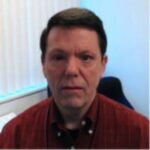 Todd Westerhoff moderated the panel. He has over 42 years of experience in electronic system modeling and simulation, including 25 years of signal integrity experience. Prior to joining Siemens EDA, he held senior technical and management positions at SiSoft, Cisco and Cadence. He also worked as an independent signal integrity consultant developing analysis methodologies for major systems and IC manufacturers.
Todd Westerhoff moderated the panel. He has over 42 years of experience in electronic system modeling and simulation, including 25 years of signal integrity experience. Prior to joining Siemens EDA, he held senior technical and management positions at SiSoft, Cisco and Cadence. He also worked as an independent signal integrity consultant developing analysis methodologies for major systems and IC manufacturers.
The focus of the panel was defined this way:
What’s the point in running detailed simulations if the PCB test vehicle you fabricate and assemble performs differently than you had predicted? This panel will discuss issues associated with achieving tight and repeatable correlation between simulation and measurement for structures such as vias, connector launches, transmission lines, etc. and the channels that contain them.
This correlation allows us to perform what we call “Extreme Confidence Simulation”. A wide set of simulation topics will be addressed that are focused on the epic signal integrity challenges presented by 400-800G communication.
Key Takeaways – Samtec
Scott provided his views and experience on correlation for advanced designs, beginning with the observation that, in order to correlate measurements to simulation, it is necessary to understand the limits of the methods. We assume our simulations are correct given correct modeling inputs. Further, we assume our measurements are correct given the best measurement methods. But are they?
Scott pointed out that there is a statistical probability of error in both the simulations and the measurements that has nothing to do with correct modeling of materials. Therefore, we need to understand these to improve our measurement to model correlation.
Scott then dove into significant detail to discuss HFSS simulation maximum delta S criteria, HFSS simulation convergence criteria, high frequency phase accuracy, transmission uncertainty, Mcal insertion loss error, and Mcal delay error.
Scott concluded his talk with a summary of what’s needed to understand the limits of measurement. For simulation modeling, understanding the convergence controls to achieve the necessarily level of correlation is mandatory. He pointed out that for VNA measurements, for all but metrology grade measurements, phase (delay) error is significantly low enough to be accurate within several hundred femtoseconds, which is fortunate for material identification problems.
But below 10 GHz, he warned of incorrect phase creeping in, altering the starting point for material identification, and creating time domain causality issues. At low frequencies, he suggested using a separate method to validate the low frequency and DC characteristics of the material, where the accuracy is higher.
A final comment from Scott: Separate correlation to individual structures so that accuracy can be preserved in both simulation and measurement.
Key Takeaways – Wild River Technology
Al took a direct approach to the topic, pointing out that EDA tools are not standards. “There is nothing “golden” about them (sorry). Believing EDA tools are standards can corrupt the path to high-speed design confidence.” He went on to explain that the path to simulation-to-measurement confidence is a hard road that takes a lot of work and it’s uncompromising.
The hard work is EDA calibration/benchmarking and building systematic approaches using advanced test fixtures (material ID, verification of models, etc.) The bottom line is that all EDA tools have issues, and it is our job to identify and work around them.
Al then spent some time on the importance of calibration and metrics. He explained that better calibration is required for simulation-measurement. For example, sliding load cal performance is required for good sim-measure correspondence. He felt the industry was over reliant on easy-to-use ECAL and the industry has neglected good mechanical cals. Al coined the term EDA Metrics Matter. His concluding points were:
- Mindset matters
- You cannot ignore Maxwell
- The world of >70GHz is not in good shape for signal integrity
- Metrics will be very useful
Summary, and Next Steps
There were similar messages from Scott and Al at this panel. Understanding how to calibrate results and factor in all sources of errors, including an understanding the materials being used is important.
Samtec offers a vast library of information on calibration and measurement accuracy. You can explore Samtec’s technical library here. I’m a fan of the gEEk spEEk webinars. You can explore the extreme signal integrity products and services offered by Wild River Technology here. So, can correlation between simulation and measurement be achieved for advanced designs? With the right approach and the right partners, I believe it can.
Share this post via:
- SEO Powered Content & PR Distribution. Get Amplified Today.
- PlatoData.Network Vertical Generative Ai. Empower Yourself. Access Here.
- PlatoAiStream. Web3 Intelligence. Knowledge Amplified. Access Here.
- PlatoESG. Carbon, CleanTech, Energy, Environment, Solar, Waste Management. Access Here.
- PlatoHealth. Biotech and Clinical Trials Intelligence. Access Here.
- Source: https://semiwiki.com/events/342818-can-correlation-between-simulation-and-measurement-be-achieved-for-advanced-designs/



